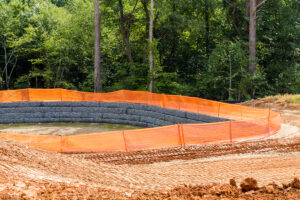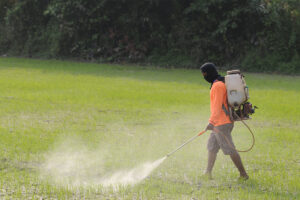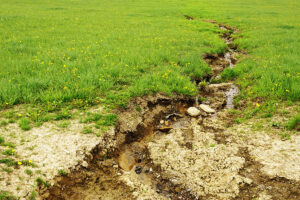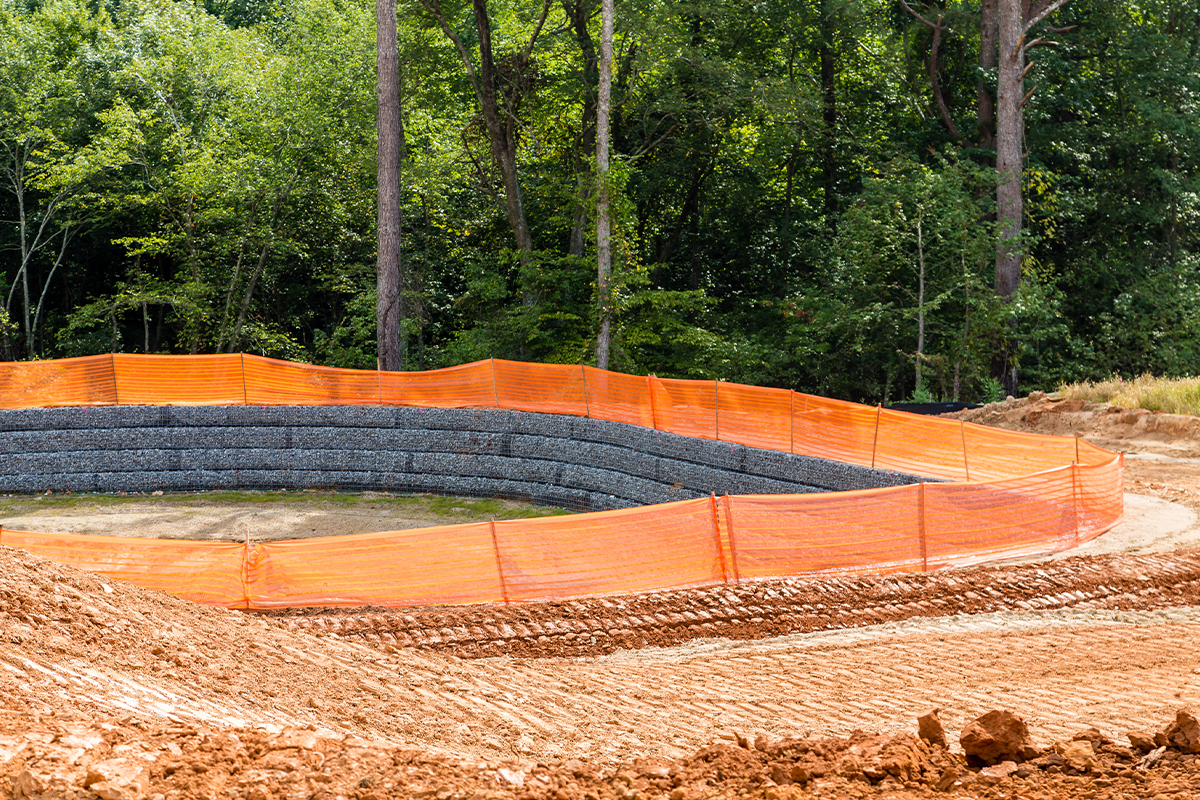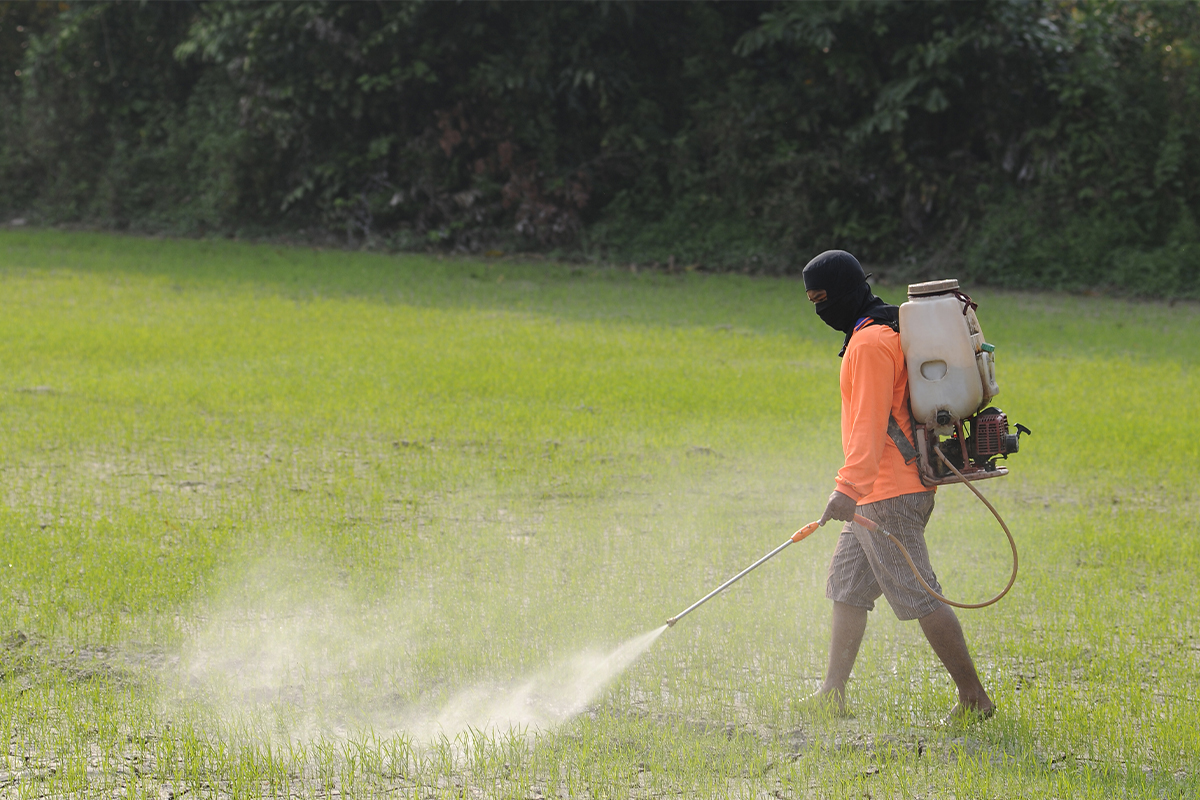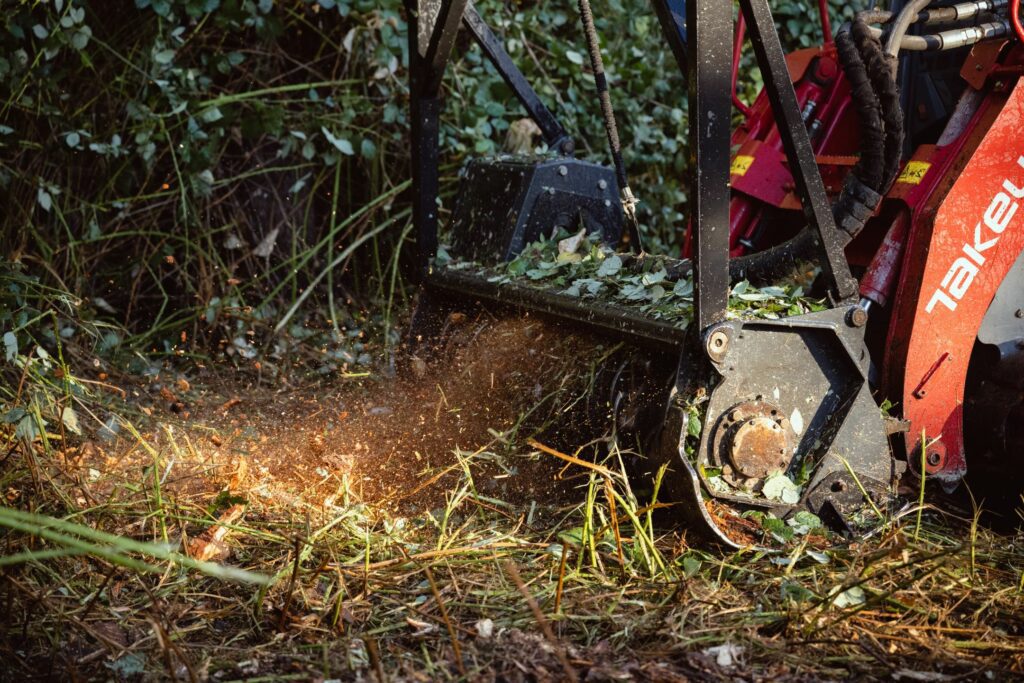Introduction
When soil, rocks, or sediments are moved by wind, water, or other forces, erosion takes place naturally. While erosion is a natural occurrence, it can become a serious issue when it accelerates because of human activity. Numerous problems with the environment, the economy, and society can result from unchecked erosion. We will discuss why erosion management in West Linn, Oregon, ought to be everyone’s top priority in this blog.
What is Erosion Control?
Erosion control refers to the implementation of various techniques and strategies to prevent or reduce soil erosion. These methods aim to protect the topsoil and prevent it from being washed away or displaced. Erosion control in West Linn, OR measures can include the use of vegetation, terracing, retaining walls, erosion control blankets, geotextiles, and more. These techniques are designed to stabilize the soil, promote water infiltration, and minimize erosion caused by wind or water.
Various erosion control techniques and strategies are employed based on the specific erosion risks and the characteristics of the area. These measures can include:
- Vegetative Measures: Planting vegetation such as grass, shrubs, trees, or ground cover to stabilize the soil and reduce erosion. The roots of the plants help bind the soil together, absorb excess water, and slow down the flow of runoff.
- Terracing: Creating level platforms or steps on sloped terrain to reduce the speed and volume of water runoff, allowing it to infiltrate into the soil gradually.
- Retaining Walls: Construct walls or barriers using materials like concrete, stone, or timber to prevent soil movement and redirect water flow.
- Mulching: Applying a layer of organic or inorganic materials, such as straw, wood chips, or geotextiles, to the soil surface to protect it from the impact of raindrops, minimize surface runoff, and promote water absorption.
- Erosion Control Blankets: Use erosion control blankets made of biodegradable or synthetic materials to provide immediate protection to bare soil, promoting vegetation growth and reducing erosion until plants establish.
- Stormwater Management: Implementing stormwater management systems, such as detention ponds, swales, or infiltration trenches, to control and manage runoff from rainfall events, preventing excessive erosion.
- Sediment Control: Installing sediment barriers, sediment basins, or sediment traps to capture and contain sediment-laden runoff, preventing sediment from entering water bodies and causing pollution.
What is the Importance of Erosion Control?
Environmental Impact: Soil erosion has a profound impact on the environment. It degrades soil quality, reduces fertility, and alters ecosystems. When topsoil is eroded, essential nutrients are lost, making it difficult for plants to grow. This can lead to reduced crop yields, deforestation, and habitat loss for various animal species. Erosion also contributes to sedimentation in water bodies, which harms aquatic ecosystems and affects water quality.
Agricultural Productivity: Erosion poses a significant threat to agricultural productivity. Soil erosion reduces the availability of fertile land for cultivation, affecting food production. As the world’s population is rapidly growing, it is crucial to protect arable land from erosion to ensure sustainable agriculture and food security.
Water Management: Erosion can have detrimental effects on water management systems. Excessive sedimentation in rivers, reservoirs, and dams reduces their storage capacity and can lead to increased flood risk. Moreover, sediment-laden water can negatively impact aquatic habitats, disrupt water supply, and increase the cost of water treatment.
Infrastructure Protection: Erosion can damage infrastructure such as roads, bridges, and buildings. When soil erodes from beneath these structures, it compromises their stability and safety. Implementing erosion control measures can help prevent costly repairs, ensure public safety, and extend the lifespan of infrastructure.
Why Hire Professionals for Your Erosion Control Services?
While erosion control in Newberg, OR, may seem like an easy task, it requires expertise and knowledge of various erosion control techniques. Hiring professionals specialized in erosion control services offers several advantages:
Expertise and Experience: Erosion control in West Linn, OR, professionals have the knowledge and experience to assess erosion risks, design effective control measures, and implement them correctly. They understand the unique challenges posed by different landscapes and can tailor solutions accordingly.
Cost-effectiveness: Investing in erosion control Newberg, OR, services can save money in the long run. Professionals can identify cost-effective strategies and materials, minimizing the need for expensive repairs or mitigation measures in the future.
Compliance with Regulations: Erosion control in West Linn, OR, often involves adherence to local regulations and permits. Professionals are well-versed in these requirements and can ensure that your erosion control project meets all necessary standards.
Time Efficiency: Professionals can efficiently complete erosion control projects, saving you valuable time. Their expertise allows for proper planning and execution, reducing project delays and ensuring timely completion.
Conclusion
In conclusion, erosion control in Newberg, OR, must be an urgent concern for us, and AOS Land Clearing is a trusted brand that can provide effective solutions to mitigate erosion risks. By prioritizing erosion control measures, we can protect our environment, prevent soil loss, preserve natural resources, and maintain the integrity of our landscapes for future generations. With AOS Land Clearing’s expertise and commitment to sustainable land management, we can address erosion issues proactively, ensuring a healthier and more resilient ecosystem. Let’s take action now and partner with AOS Land Clearing to safeguard our environment from the detrimental effects of erosion.
